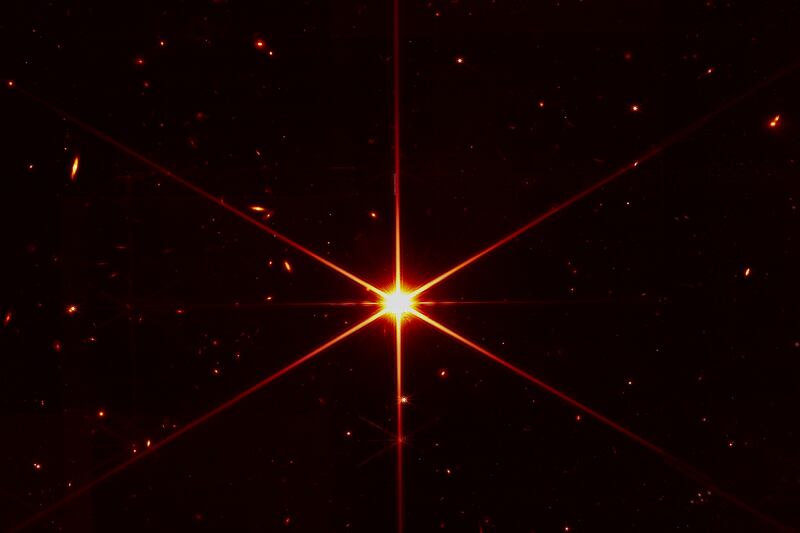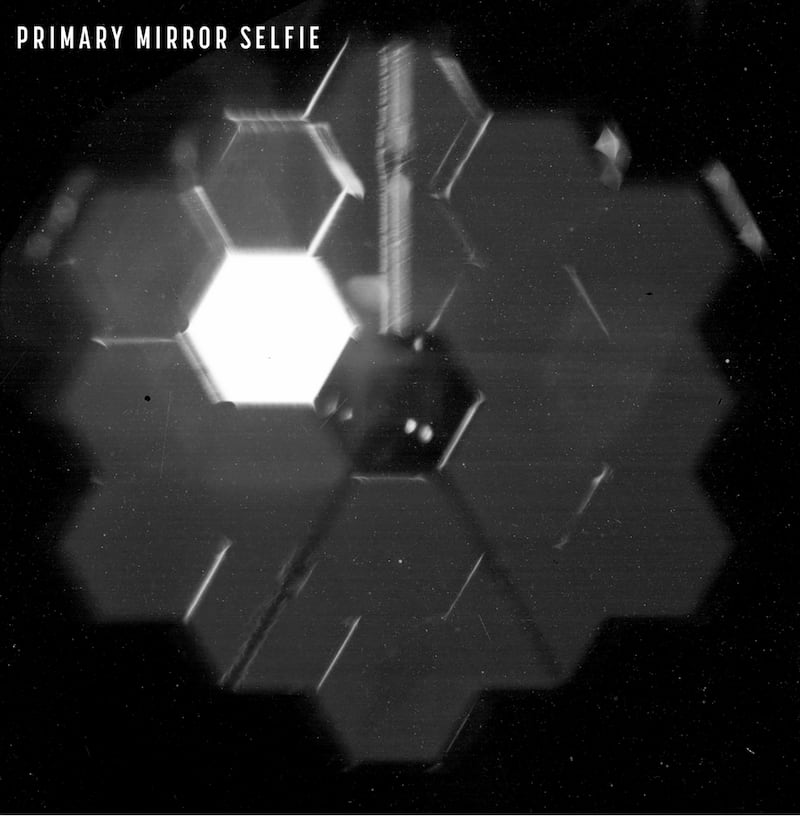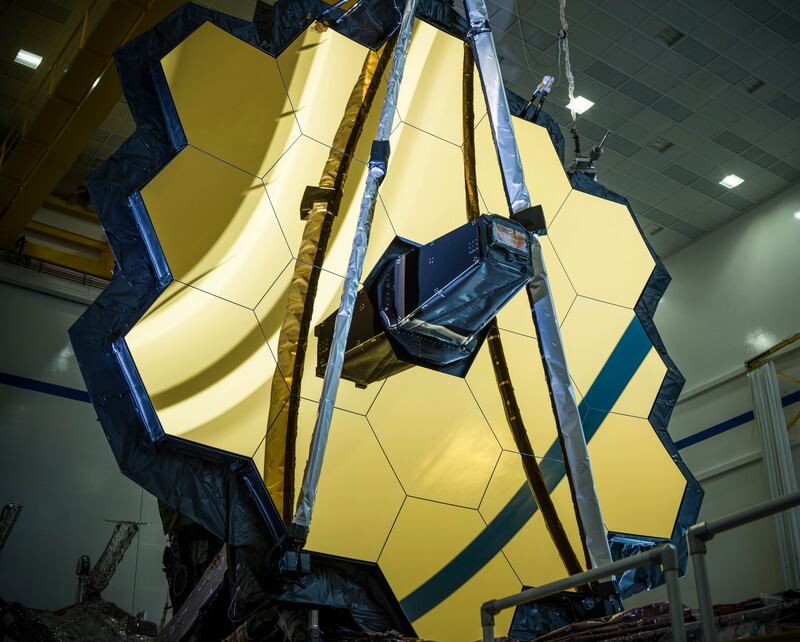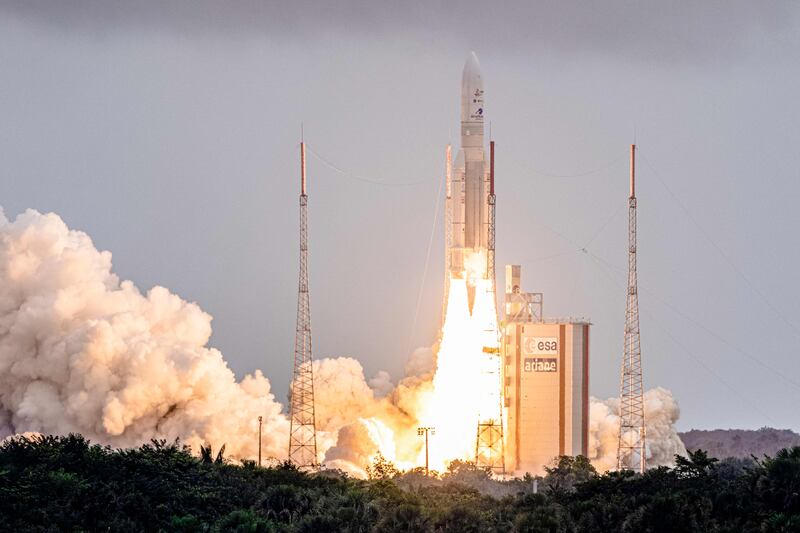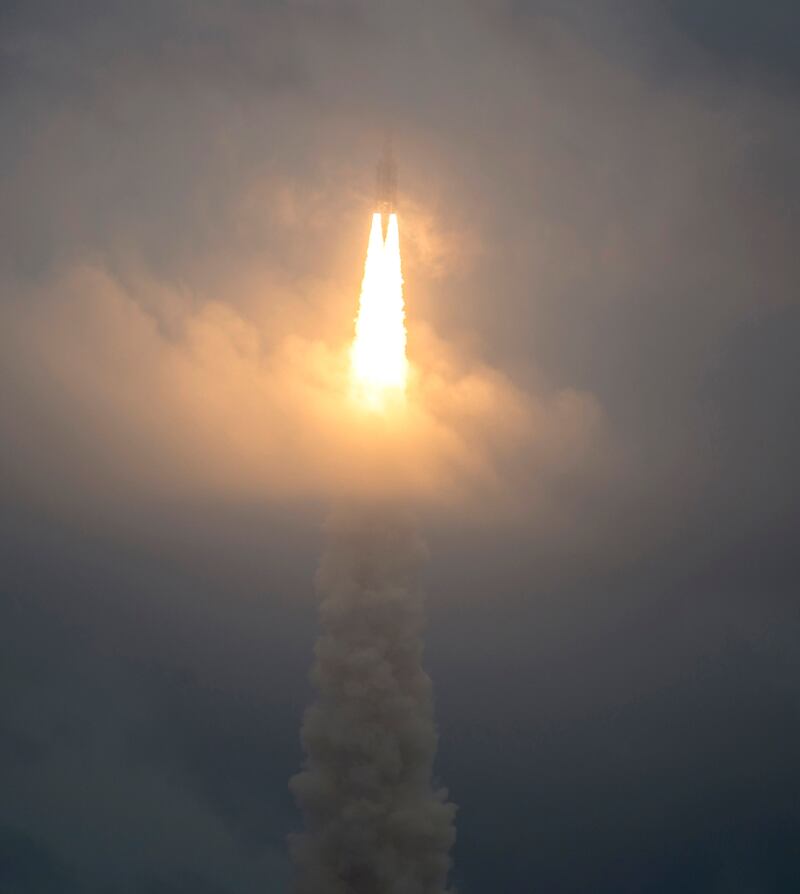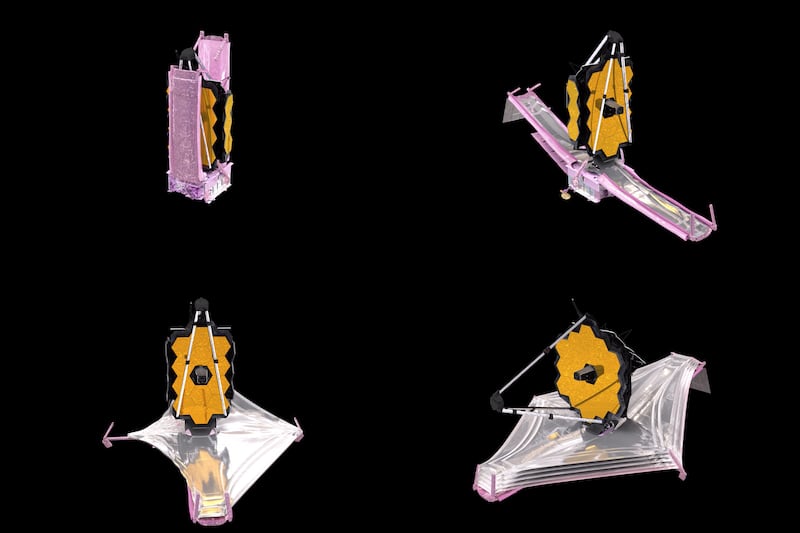Nasa’s $10 billion James Webb Space Telescope has been struck by tiny meteoroids four times since its launch in December, the US space agency has revealed.
Although the space observatory survived the hits, the most recent one in May was concerning because the micrometeoroid hit one of the telescope’s primary segments, which helps it “see” into deep space.
Nasa said such strikes from the tiny particles were unavoidable for spacecraft, which routinely sustained hits during their science missions.
“With Webb’s mirrors exposed to space, we expected that occasional micrometeoroid impacts would ... degrade telescope performance over time,” said Lee Feinberg, Webb optical telescope element manager at Nasa.
“Since launch, we have had four smaller measurable micrometeoroid strikes that were consistent with expectations and this one more recently that is larger than our degradation predictions assumed.
"We will use this flight data to update our analysis of performance over time and also develop operational approaches to assure we maximise the imaging performance of Webb to the best extent possible for many years to come.”
In a tweet, the space agency assured the public that the device "is still performing at a level that exceeds all mission requirements".
The telescope, which took more than 20 years to build, will be able to capture images more than 13.5 billion light years away and offer a glimpse into the birth of the universe.
The first science images taken by the observatory will be released on July 12.
Nasa said that Webb’s mirror was engineered to withstand bombardment from micrometeoroids, including particles flying at extreme velocities.
During its construction, engineers used simulations and actual test impacts on mirror samples to see how they can better protect the telescope in space.
However, the space agency said the most recent impact was larger than what it expected and “beyond what the team could have tested on the ground”.
James Webb Space Telescope lifts off on a historic mission
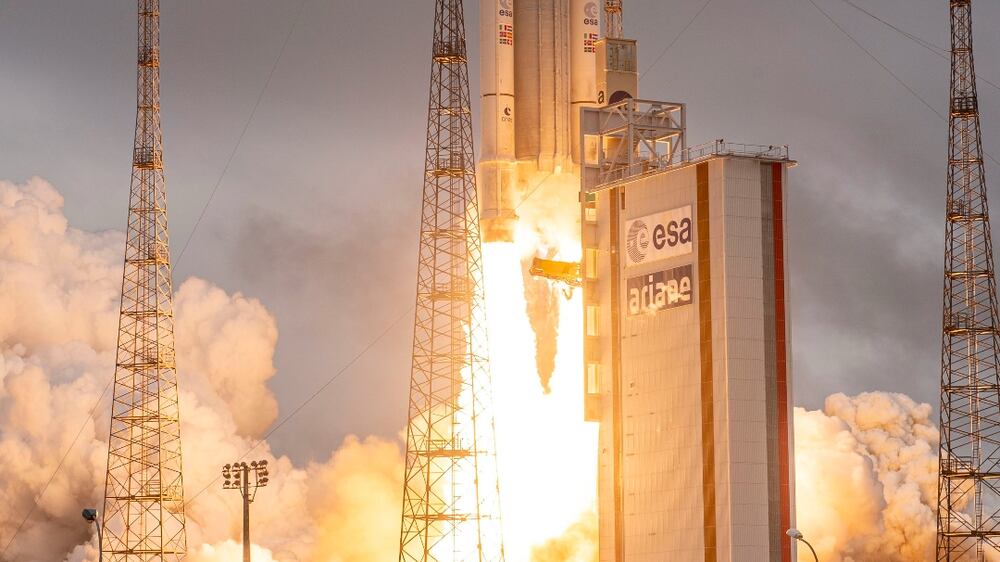
Paul Geithner, technical deputy project manager at Nasa’s Goddard Space Flight Centre, said there were extreme conditions in space that the telescope would have to survive.
“We always knew that Webb would have to weather the space environment, which includes harsh ultraviolet light and charged particles from the Sun, cosmic rays from exotic sources in the galaxy, and occasional strikes by micrometeoroids within our solar system,” he said.
“We designed and built Webb with performance margin — optical, thermal, electrical, mechanical — to ensure it can perform its ambitious science mission even after many years in space.”
To protect the telescope, engineers can turn the mirror away from known meteor showers that are set to happen.
However, the most recent hit was not from a meteor shower and was deemed by Nasa to be an “unavoidable chance event".

